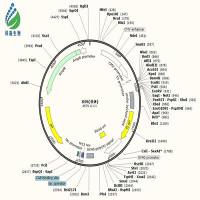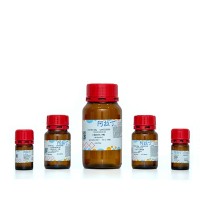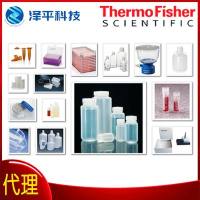Cleaning Worm Stocks
互联网
<center> <b><font>Cleaning Worm Stocks</font> </b></center>
<center> <font>by Michael Koelle</font><br /> 4/6/94</center>
There are two kinds of contaminants on worm plates:
1. Fungi : these contaminants can come from the plates or bacteria, so it is best to leave plates out after seeding for a couple of days to make sure no fungal colonies grow before adding worms. If a stock gets mold, just transfer the worms regularly from parts of the plate away from the fungi; the worms will outgrow the mold.
2. Non-OP50 bacteria ("slime"). No amount of transferring the worms will cure this. To decontaminate worms, make ~0.6% NaOCl (i.e. 12% vol/vol of the commercial 5% solution), 1.5 M NaOH. Add 50 µl to the unseeded portion of a fresh plate. Place ~10 gravid adults in the drop. Can recover a strain from a single adult if necessary. The adults and bacteria will die; the eggs will live. Leave the plate right side up overnight; the drop of liquid will be absorbed, and live hatched worms will crawl onto the bacterial lawn. It is necessary to move the hatched larvae to a new plate the next day; after that bacteria and fungus generated from resistant spores will spread over the plate and recontaminate the worms. Alternatively, a flamed spatula can be used to slice off and remove the discolored portion of the plate where the NaOCl/NaOH drop was.
A method to get rid of bacterial contamination recently invented by Na An: pick some contaminated worms to a standard Ampicillin plate (75µg/ml) overnight, then pick the worms back to an NGM plate seeded with OP50 the next day. This seems to work well, is quick and easy, and perhaps the superior method, especially for sick strains that don't survive the bleach/NaOH treatment well.
Philosophy: some people always work with contaminated strains. However, if you simply clean strains up every time as soon as they become contaminated, it's almost no effort to always have clean, healthy worms.








